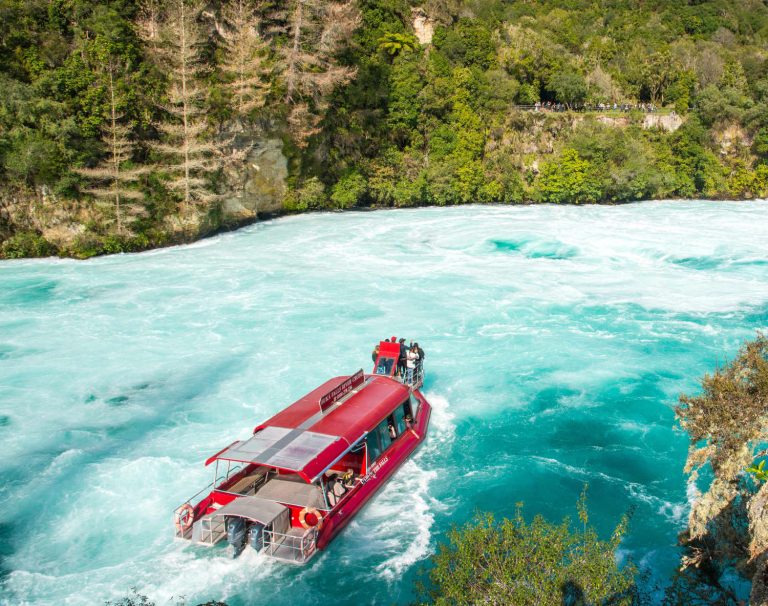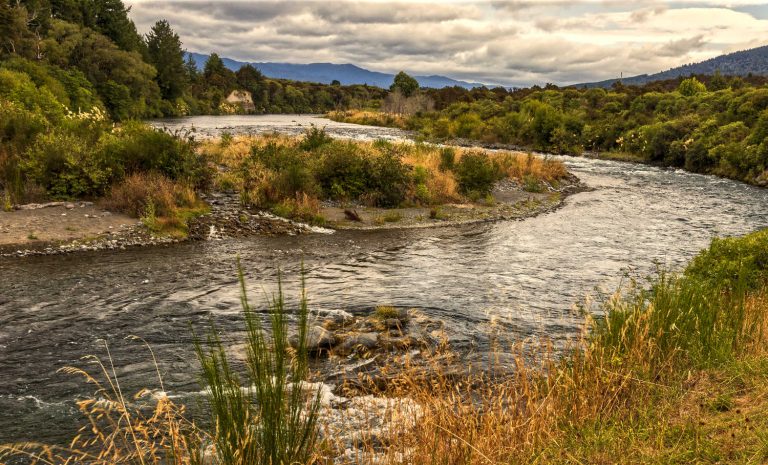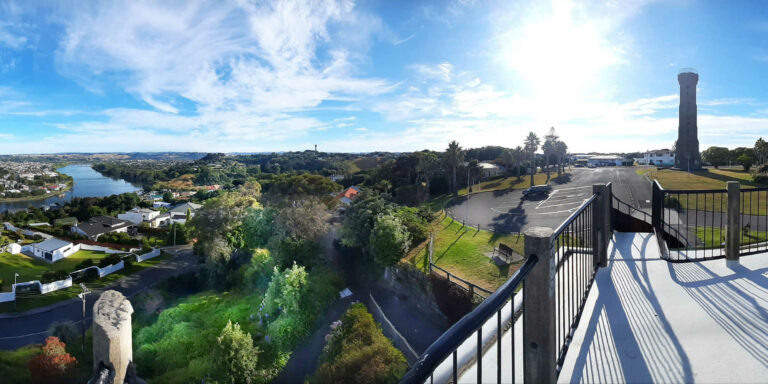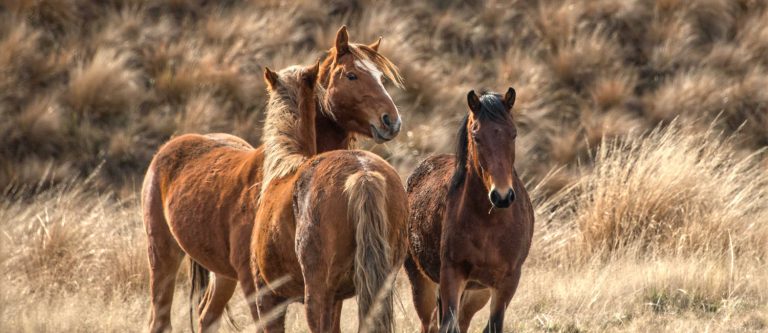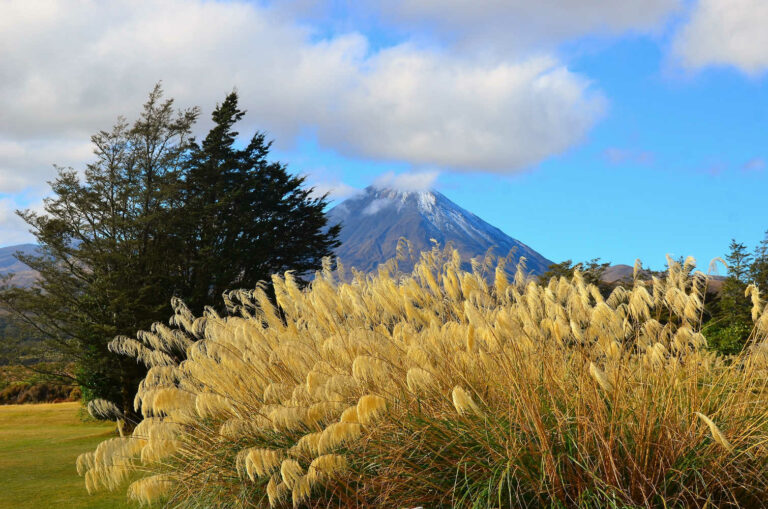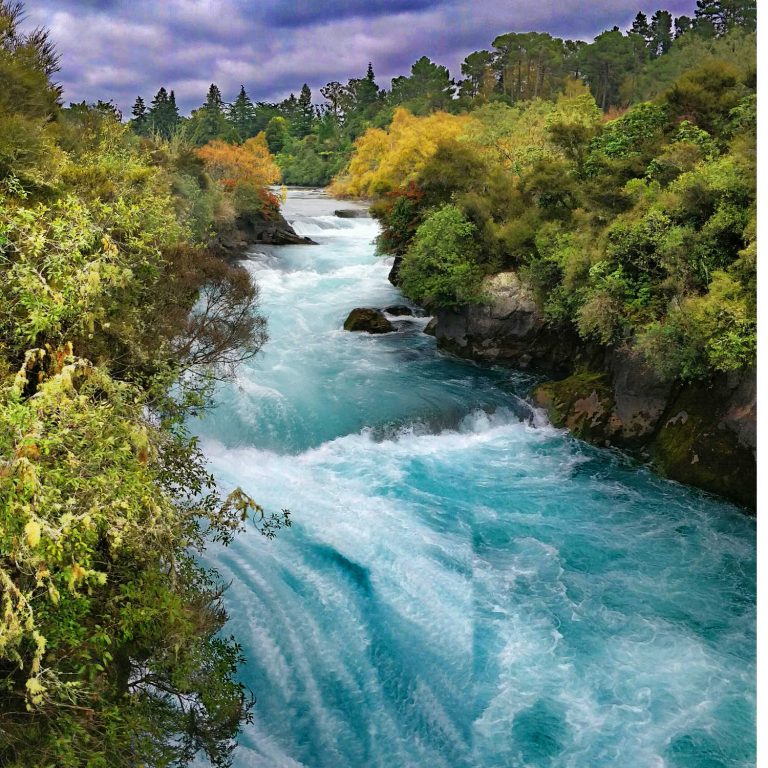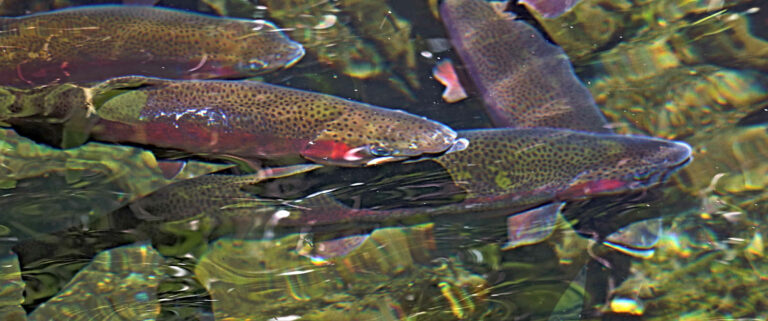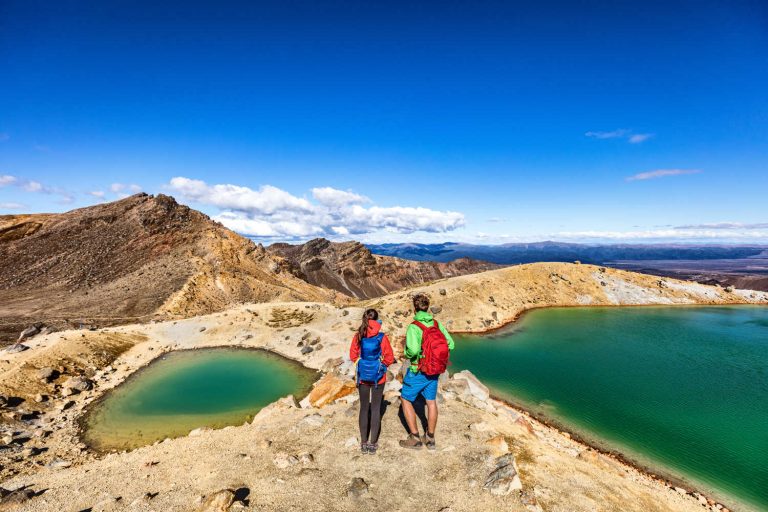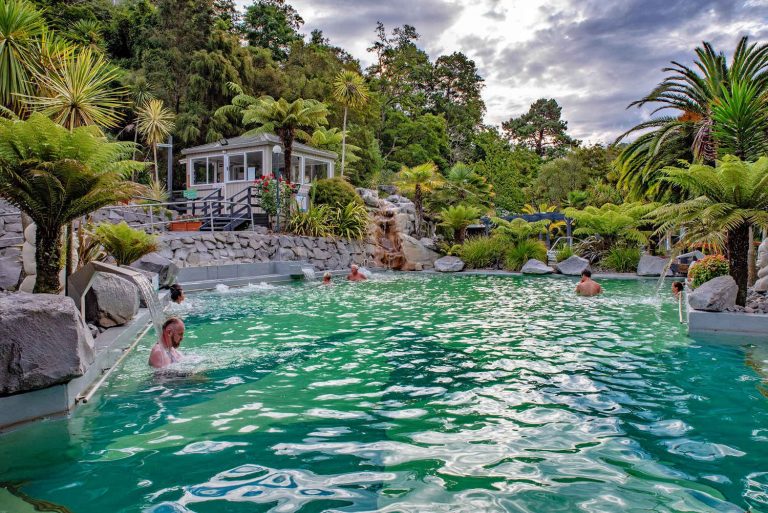Discover an off the beaten track Lake Rotopounamu, jade coloured jewel of a lake. Lunch by the lake, enjoy the peace and quiet of a primal forest without the bustle of Lake Taupo. Staying in Turangi Lake Rotopounamu is a must-go destination for outdoor enthusiasts.
Find a forest gem, part of nzjane’s Central North Island road trip, geothermal explorer: Best Bits and worthy of its own billing. A beautiful native forest and one of Turangi’s walking trails for families best tracks.
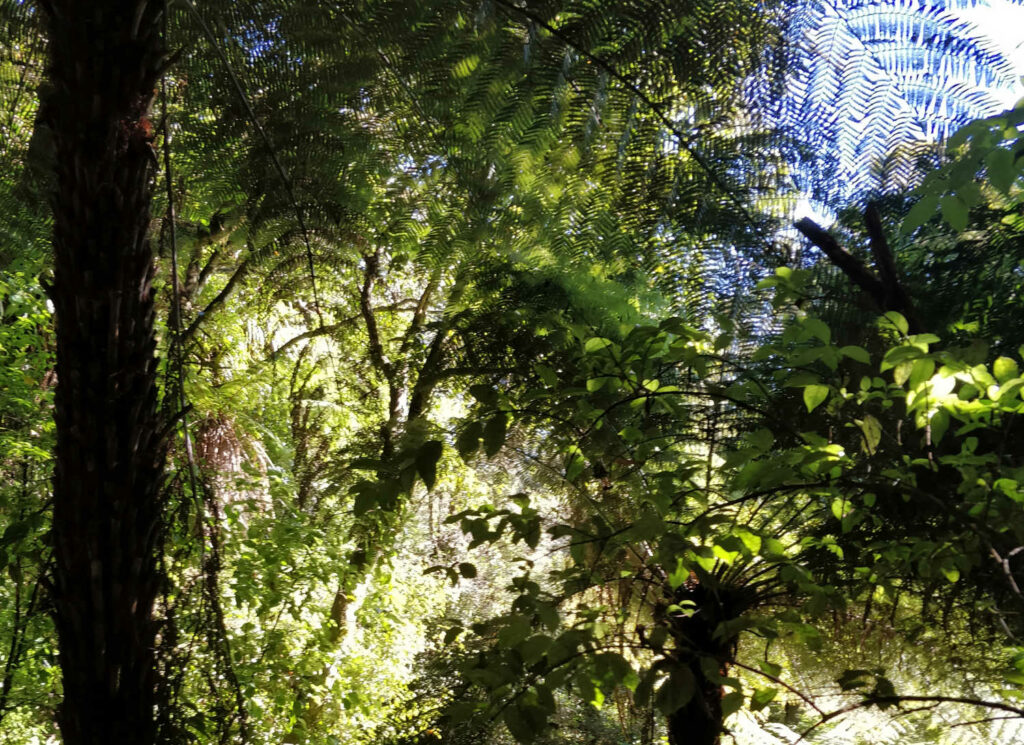
Lake Rotopounamu rewards visitors with a secluded deep blue lake at the end of some steep sections on well maintained tracks. You can circumvent the lake checking out the lake beaches. Twenty minute loop walk has toilets and picnic tables for a day among the North Island robins, tui, wood pigeons and flitting fantails. The walk is signposted from state highway 47. Remember to check for speeding traffic before crossing the road.
- Length various between 3km – 5km
- Duration 1 hour – 2 hours
This is an excellent short walk for hiking enthusiasts ready to tackle the iconic New Zealand Great Walk, Tongariro Alpine Crossing. Be prepared and enjoy a relaxing day in a forest setting.
Bird song and virgin forest greet visitors as they walk through a slice of primal New Zealand. You are surrounded by filtered light and the sense of bird life fluttering past. Lunch at the lakeside is recommended. Remember to pack your picnic sandwiches and water bottle. Rotopounamu is a crater lake located on western side of Mount Pihanga. It is nine metres deep and covers one square kilometre.
Where is Lake Rotopounamu?
How can you get to Lake Rotopounamu?
Lake Rotopounamu is located on state highway 47 between Turangi and Tongariro. The signage can be partially obscured by vegetation and there is a small parking bay. Take care on the busy highway as the speed limit is 100 km.

For Taupo visitors Lake Rotopounamu is approximately 1 hour from the town centre, include an exploration of Tokaanu and Turangi in the day’s highlights. Spend the day exploring what to do nearby Taupo with the National Trout Centre on the to-do list.
Lake Rotopounamu walking track directions
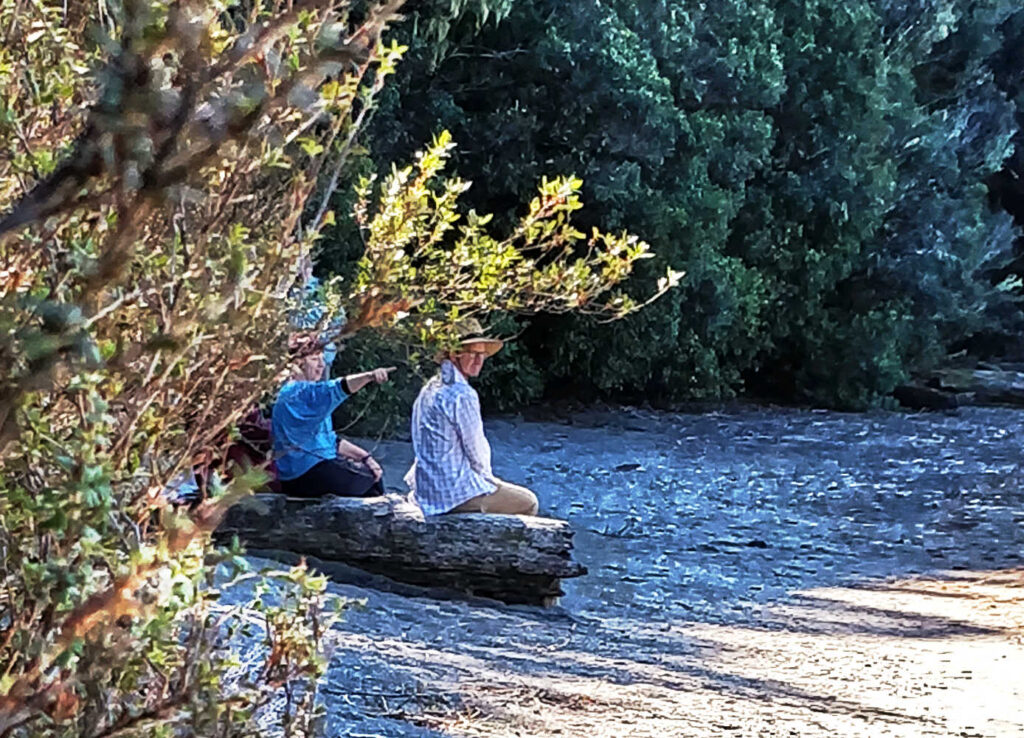
There is a walking track around the lake. At the junction of Five Minute Beach and Ten Minute Beach turn right towards Ten Minute Beach. Ten Minute Beach has picnic tables and a toilet. The track traverses the northern edge of the lake where the lake’s tributary streams enter. It appears the lake’s water levels are spring fed as visible tributaries cannot be seen unless the water level is low. As you are walking into a crater lake there are track areas that descend or ascend steadily.
The track is gravelled and well maintained. Although young children might find sections a little steep it is worth the effort of discovering Twenty Minute Beach. You will appreciate the name as it probably took you an hour or so to get to the picnic table. For younger children the steep ascent could be a challenge. Promises of lunch and a swim in the lake should work without parents having to lug the children over the steeper parts of the walk.
Lake Rotopounamu walks are loop tracks
- Distance 5 km loop track, easy / medium
- Ten Minute Beach
- Twenty Minute Beach
- Suggested walk duration 2 hours
Shorter track option. From the road, take the track up to the junction and turn left. This short 20 minute walk will bring you to Ten Minute Beach. Safety: Take care crossing the road to the walk entrance as the car park is on the opposite side of the entrance. You are crossing a road with a speed limit of 100km.
- Duration – 2 – 6 hours
Rotopounamu fills a crater nestled into the western side of Mount Pihanga. Lake water originates from seven streams flowing into the deep crater, 9 metres at its deepest. Look carefully for a lake outlet and you won’t find one! The lake is fed by seven streams, but has no visible surface outflow. It is thought the lake drains underground.
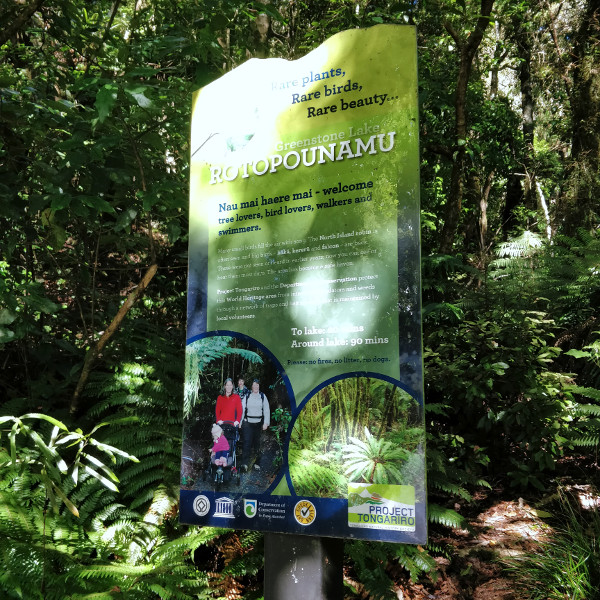

Rotopounamu supports a wide range of species and a variety of ecosystems, including podocarp, broadleaved and beech forests, and the lake with associated wetlands.
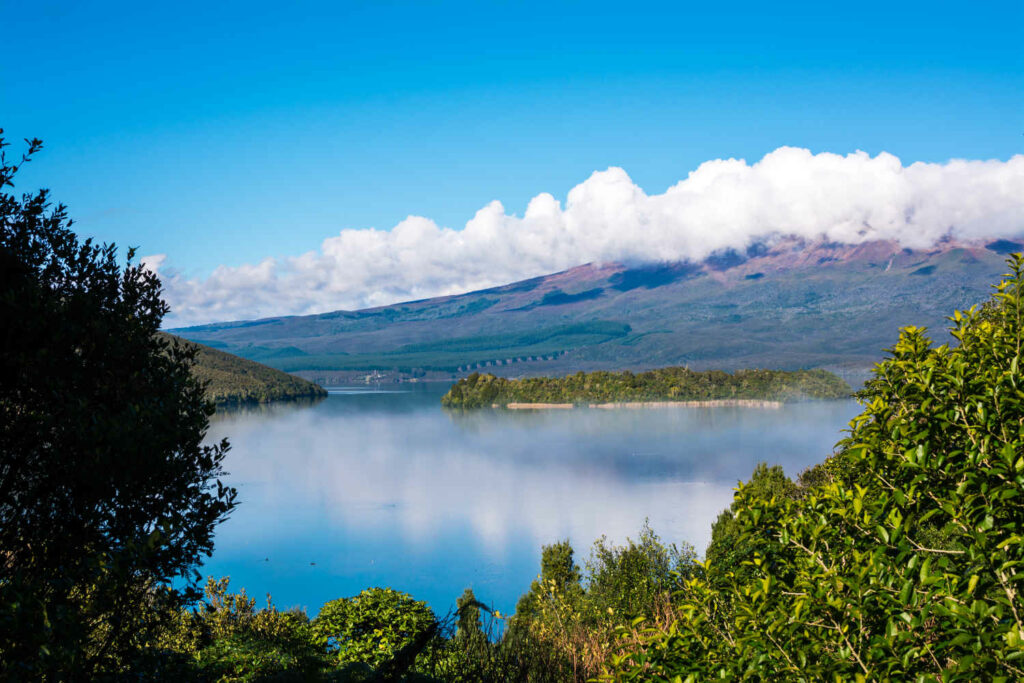
Birdlife thrives in this World Heritage area thanks to the pest control efforts of local community group Project Tongariro (external site). Of note are small passerines including toutouwai/North Island robin, tītīpounamu/rifleman and kōmiromiro/tomtit – birds that are particularly vulnerable to introduced predators.
Project Tongariro and DOC work together to protect the native biodiversity of Rotopounamu through a sustained integrated management approach. Learn more about restoration at Rotopounamu.
For more information Taupo Travel Guide and Turangi guide, things to see, highlights – Best Bits will get you started on the holiday planning.
For budget holiday accommodation options scroll through 7 places to go camping in Taupo: what to see & do, tips.
BEST BITS TRAVEL GUIDE
Best Bits travel guide is published by nzjane.com. Owned and managed by PacificJane Ltd.
Our editors independently visit tour operators, purchase tickets, pay for accommodation, and rate products and places. We are not paid to go on a tour or visit a place. We only make money if you decide to purchase a product through our website links. We promise to never accept free products from manufacturers in return for boosting their products. Read more about our affiliate programme in the terms and conditions HERE.


